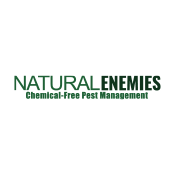HomeNatural Enemies
Happy Customers
See why our intuitive user interface, jaw-dropping listings, and tailored products provide shoppers with unprecedented user experience.
Premium Brands
From leading brands and premier products, there is no shortage of options to choose from.
Secure Shopping
Our secure network keeps all sensitive customer data confidential along with state of the art integration on orders for dispensaries and delivery companies.
Best Prices
Unbelievable discounts, exclusive deals, and lowest prices guaranteed, it’s no wonder our customers keep coming back for more.
My Account
Partner With Us
About Us
Growcycle is a premier horticultural and agricultural marketplace, catering to the needs of over 9,300 indoor and outdoor growers and featuring products from an extensive array of brands.
Contact Us
Growcycle Group LLC
930 S 4th St, Ste 209
Las Vegas, Nevada 89101
930 S 4th St, Ste 209
Las Vegas, Nevada 89101
Customer Support: 888-233-2999








